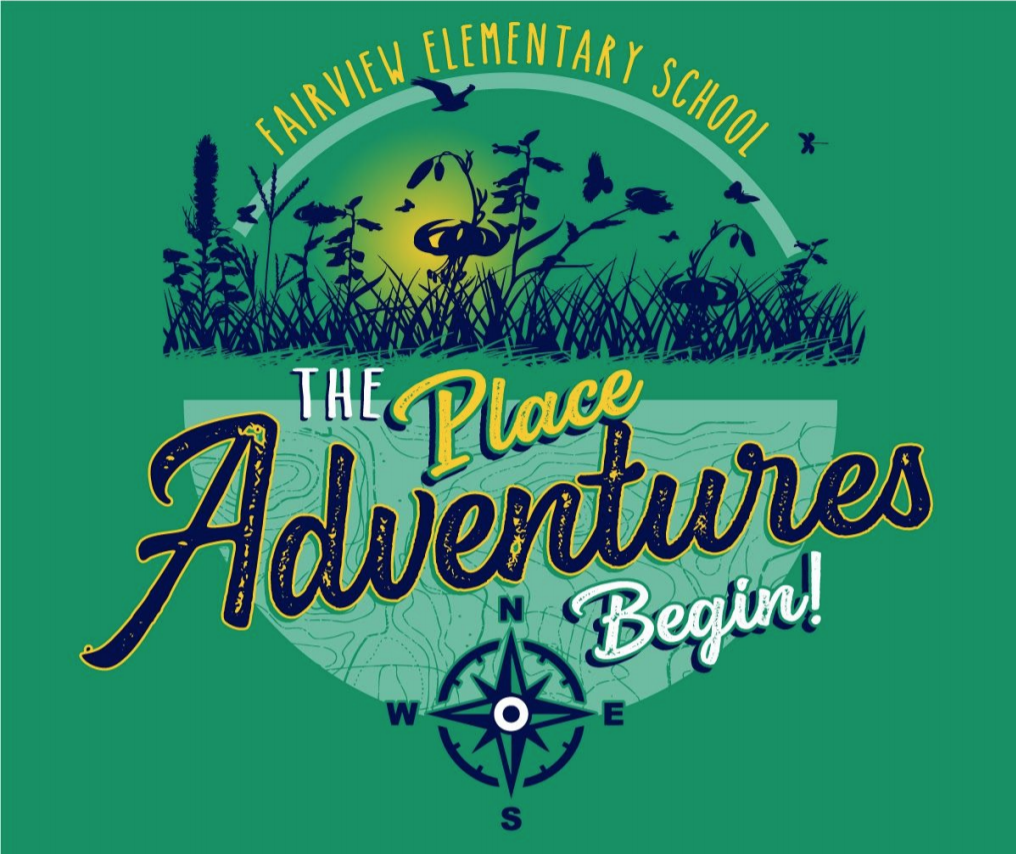What was your driving question?
How might we understand and inform others about the varying trees of the FVE woods and preserve the value of nature?
Grades Involved
5th
What PBE principles were highlighted in this project?
Learner-Centered, Community as Classroom, Interdisciplinary Approach, Inquiry Based
Project Description
5th grade students, from the Fairview Elementary School, took part in an inquiry and learner based exploration of the Fairview Woods. Place based education in the Fairview woods was implemented at least once a week and included interdisciplinary discoveries. First time out the students spent time individually journaling and sketching their observations of different tree types, the trunk size, and bark texture. Math and Science were applied through tree measurements and identification of the different species; English included written responses to a book about a girl saving a tree; Social Studies looked into which trees may have been planted, and what the woods may have looked like prior to now.
How did this project connect to your local or regional community?
Fairview woods is a public access area with trails, it is not solely for the students of the Fairview Elementary School. In their Place-Based Education classes 5th grade students focused on the identified trees within the woods and compared them to the trees in their own neighborhoods and backyards. Additionally, when community members heard about the adoption of Place Based Education, they reached out to help in whatever way possible.
How did this positively impact community? How was it shared?
The communities meet the school’s adoption to Place-Based Education positively. Community members and parents have partnered to build a permeant shed to store donated rain coats and boots and activity boxes for student and community use. The fifth graders of Fairview Elementary put together activity boxes with a range of curriculum and activities connected to the Fairview woods; these range from scavenger hunts to building bird houses, and they are stored inside the community shed for other schools and public use.
Reflection: What was the biggest challenge? What was the most rewarding aspect of this project
Support and excitement around the implemented Place-Based Education projects by the parents of the students as well as from the wider community was much appreciated. The public helped to donate supplies and ultimately helped to build a shed which only improved the place-based experience for faculty and students. As far as challenges, this was a difficult time to implement Place-based Education because COVID-19 took students and teachers out of the classrooms and place based locations like Fairview woods where this project was tied; but that is an unpredictable road block.
Any advice for a teacher or student that is implementing a PBE project for the first time?
Two tips for beginning the incorporation of Place-Based Education into one’s classroom: First, it is really important to get the community involved; the kids will be excited to be able to learn and work outdoors in a special place, but its important to get the community involved to help with field-trips and lessons by guest experts who can teach more about the place of education. Second, when you take students into the field it is important to let parents know before hand so they can prepare their kids with sunscreen, warm clothes, and proper shoes. This preliminary announcement also allows parents, students, and teachers arrange alternative activities for students who have unavoidable allergies to plants and insects that might be in the woods that day.


